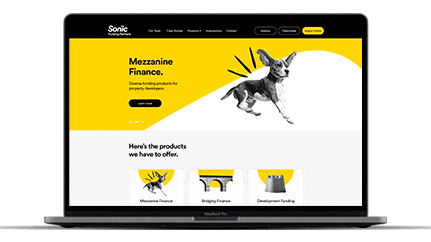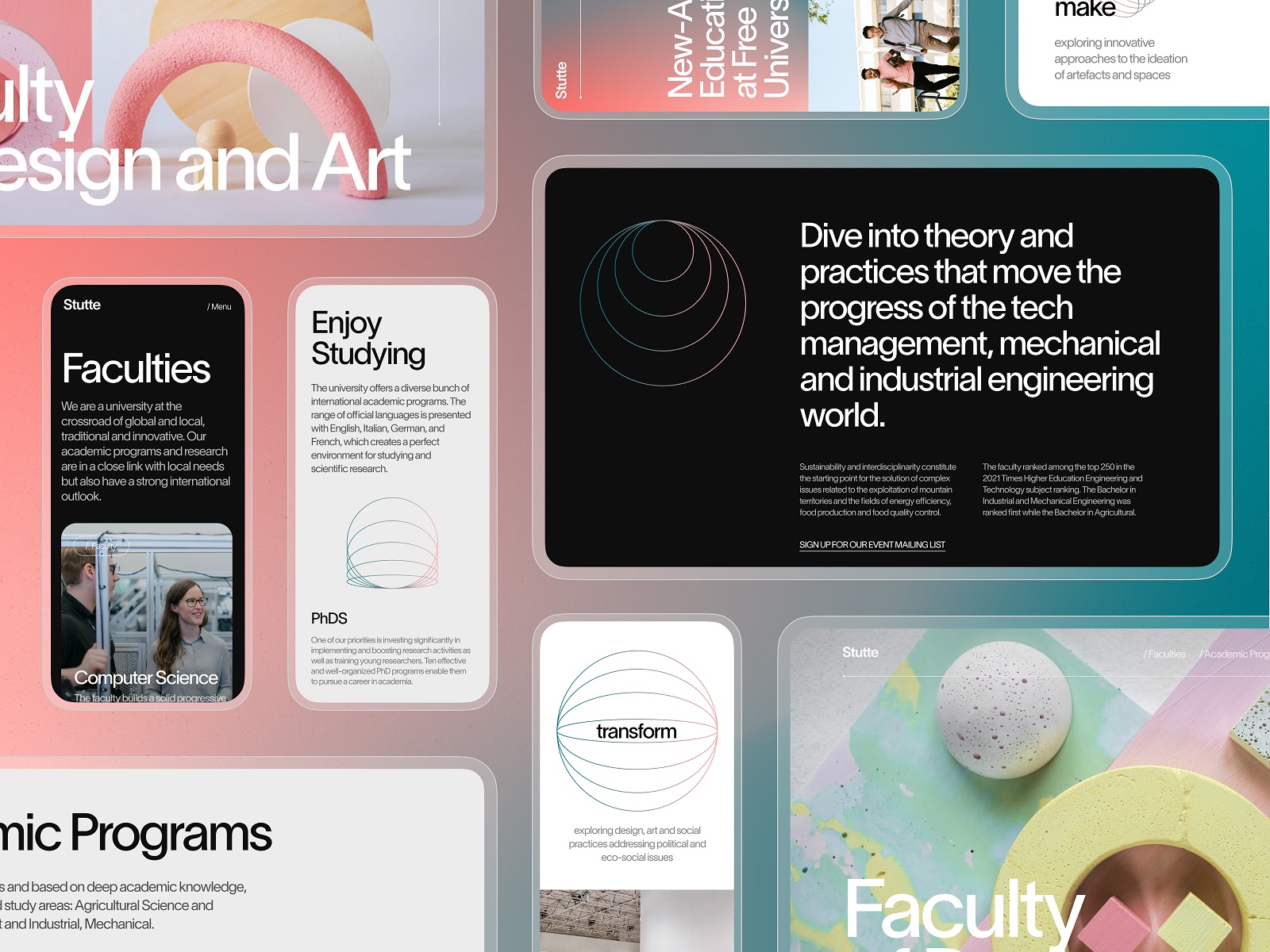Discovering the Link Between SEO and Effective Website Design
Discovering the Link Between SEO and Effective Website Design
Blog Article

Crafting a User-Friendly Experience: Essential Aspects of Efficient Web Site Style
Important aspects such as a clear navigating structure, responsive layout principles, and quickly packing times offer as the foundation for engaging individuals successfully. Recognizing the underlying factors that contribute to effective layout can lose light on how to boost individual satisfaction and engagement.
Clear Navigating Framework
A clear navigating structure is essential to efficient web site layout, as it directly influences individual experience and involvement. Users ought to have the ability to situate information effortlessly, as user-friendly navigating decreases irritation and encourages exploration. A well-organized format permits visitors to understand the relationship in between different web pages and web content, bring about longer site brows through and increased communication.
To attain quality, designers must employ familiar patterns, such as side or top navigating bars, dropdown food selections, and breadcrumb routes. These aspects not just enhance functionality but additionally offer a feeling of orientation within the site. Furthermore, maintaining a constant navigating framework throughout all web pages is essential; this knowledge helps users expect where to locate preferred information.
It is additionally crucial to restrict the variety of menu items to stay clear of overwhelming users. Prioritizing one of the most vital sections and using clear labeling will certainly lead site visitors effectively. In addition, including search performance can even more help users in finding details web content promptly (website design). In recap, a clear navigating structure is not simply a style option; it is a tactical element that substantially affects the overall success of a site by cultivating a effective and delightful customer experience.
Responsive Style Concepts
Efficient site navigating sets the stage for a seamless user experience, which becomes much more essential in the context of receptive design principles. Receptive style ensures that websites adjust fluidly to various display sizes and positionings, boosting ease of access throughout tools. This adaptability is attained through flexible grid designs, scalable pictures, and media questions that permit CSS to change designs based on the tool's qualities.
Trick principles of receptive layout include fluid designs that make use of percents instead of taken care of systems, guaranteeing that elements resize proportionately. In addition, utilizing breakpoints in CSS enables the layout to transition efficiently in between different tool dimensions, maximizing the format for each and every display type. Using receptive pictures is additionally essential; images must automatically readjust to fit the screen without losing quality or causing format changes.
In addition, touch-friendly user interfaces are essential for mobile individuals, with adequately sized buttons and intuitive gestures boosting user interaction. By integrating these concepts, designers can create websites that not only look cosmetically pleasing but additionally supply practical and interesting experiences across all gadgets. Eventually, effective receptive layout cultivates individual complete satisfaction, decreases bounce rates, and encourages much longer engagement with the content.
Fast Loading Times
While users significantly anticipate internet sites to pack promptly, fast loading times are not simply an issue of comfort; they are crucial for retaining site visitors and enhancing total customer experience. Study indicates that individuals normally abandon websites that take longer than three see this secs to load. This abandonment can cause increased bounce prices and decreased conversions, inevitably harming a brand's online reputation and earnings.
Fast packing times improve user engagement and satisfaction, as visitors are more most likely to discover a site that reacts quickly to their communications. In addition, online search engine like Google focus on speed in their ranking algorithms, implying that a slow site might battle to accomplish presence in search results.

User-friendly Individual Interface
Rapid loading times prepared for an appealing online experience, but they are only part of the equation. An intuitive customer interface (UI) is important to ensure visitors can browse a website effortlessly. A well-designed UI permits users to accomplish their goals with minimal cognitive lots, promoting a smooth interaction with the website.
Crucial element of an instinctive UI include regular layout, clear navigation, and well-known icons. Consistency in style aspects-- such as color design, typography, and switch designs-- helps individuals understand how to communicate with the site. Clear navigation frameworks, including logical menus and breadcrumb routes, allow customers to discover details quickly, minimizing aggravation and improving retention.
Additionally, responses mechanisms, such as hover effects and filling indicators, inform users regarding their actions and the website's action. This openness grows count on and encourages continued interaction. Focusing on mobile responsiveness guarantees that customers enjoy a cohesive experience throughout devices, anonymous catering to the varied methods target markets access material.
Available Web Content Guidelines

First, make use of clear and uncomplicated language, staying clear of lingo that might perplex visitors. Emphasize correct heading frameworks, which not only aid in navigation however also aid screen readers in analyzing material power structures properly. Furthermore, give different message for images to share their meaning to customers who rely on assistive modern technologies.
Contrast is one more essential aspect; guarantee that message stands out versus the background to boost readability. Furthermore, guarantee that video clip and audio material consists of records and subtitles, making multimedia available to those with hearing impairments.
Last but not least, integrate key-board navigability into your style, enabling customers that can not utilize a mouse to gain access to all website features (website design). By adhering to these easily accessible content guidelines, web developers can create inclusive experiences that satisfy the needs of all customers, ultimately improving individual engagement and complete satisfaction
Verdict
Finally, the integration of essential elements such as a clear navigation framework, receptive style principles, fast loading times, an intuitive user interface, and accessible content guidelines is vital for developing a straightforward internet site experience. These parts collectively boost usability and interaction, guaranteeing that users can easily navigate and connect with the site. Prioritizing these layout aspects not just improves overall complete satisfaction but likewise promotes inclusivity, accommodating varied user demands and preferences in the digital landscape.
A clear navigating framework is fundamental click reference to effective web site style, as it directly affects customer experience and engagement. In recap, a clear navigation framework is not just a design option; it is a calculated aspect that substantially impacts the general success of a site by promoting a pleasurable and reliable user experience.
Additionally, touch-friendly interfaces are vital for mobile users, with adequately sized buttons and instinctive motions boosting user communication.While customers progressively anticipate web sites to load promptly, fast loading times are not just an issue of ease; they are important for retaining site visitors and boosting total user experience. website design.In conclusion, the combination of crucial elements such as a clear navigation framework, responsive design principles, quick loading times, an user-friendly individual interface, and accessible content standards is vital for creating an easy to use site experience
Report this page